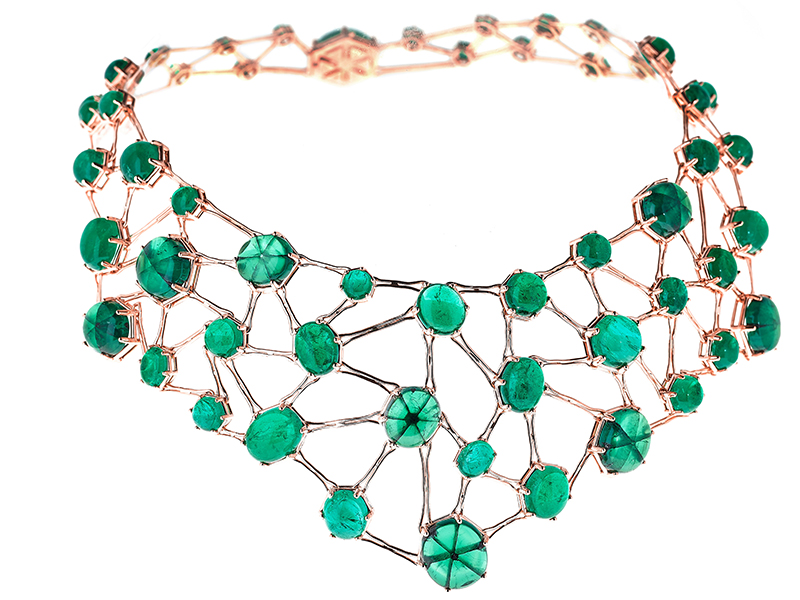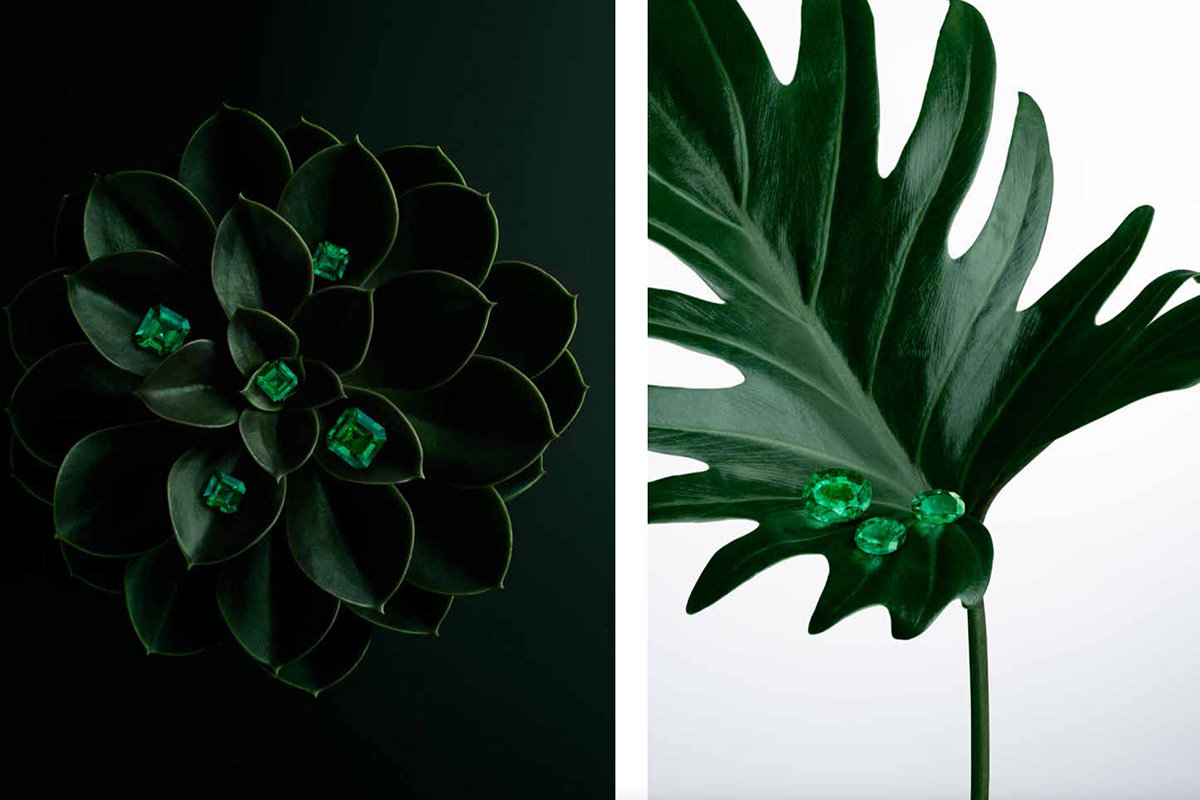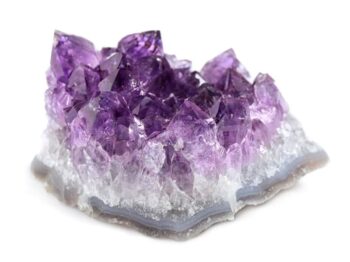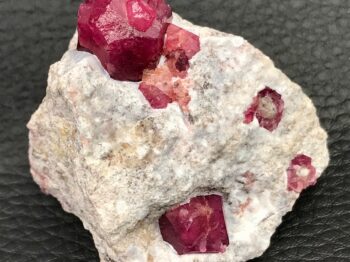Colombian emeralds have always been at the forefront of emeralds, but there is a new contender in the mix. These African stones obviously have many similarities as they are still emeralds, but there are some differences due to the origin.
Ever since their discovery, Colombian emeralds have been the most sought after emerald and one of the most popular gemstones. Starting in the 16th century with Spanish Conquistadors trading gems with the Indian Moghuls in South America, these stones have only increased in popularity. With the discovery of some new African mines, there is now some competition to these Colombian Emeralds.
Emeralds are part of the beryl family, with a rich green color. This color is caused by both chromium and vanadium. The color is part of what makes emeralds so valuable, that and the fact that they are 20 times more rare than diamonds.
African emeralds, specifically Zambian, were discovered much more recently, in the 1920s. These stones weren’t properly mined until the 1970s, with their popularity steadily increasing since then.
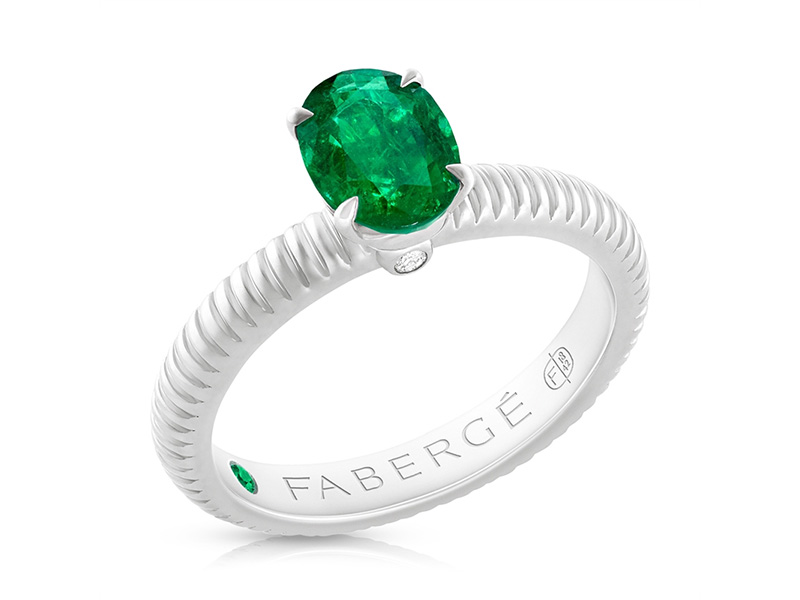
Colombian emeralds most typically give off that deep rich green color we associate with emeralds, while Zambian stones have a lighter, bluish green coloring. This coloring is caused by the chemical difference of having less vanadium and a presence of iron. Zambian coloring has become increasingly popular, especially since it results in a much cheaper cost than that of the expensive Colombian emeralds.
This cheaper cost is also due to the increased mine production for Zambian stones. Gemfields, an ethical and environmentally sustainable gem sourcing company, purchased the Kagem mine, which produces many of the Zambian stones.
While Zambian emeralds are typically less included than Colombian, all emeralds are known for being included. These inclusions are sometimes acceptable to clients, but sometimes, they will be treated to decrease their presence. As long as the treatment is disclosed, it is highly acceptable in the gem and jewelry trade. The most common treatment for emeralds is to infuse the stone with oil, in order to hide some of the inclusions. Many reputable labs such as the Gemological Institute of America, American Gemological Laboratories and the SSEF (Swiss Gemmological Institute), grade and certify these emeralds with treatment disclosed. They have created a range to describe how much oil is present, ranging from No Oil, Insignificant, Minor, Moderate and Significant oil.
Even though Colombian emeralds have traditionally been the most prized emeralds, their new competitor, the African emerald is coming in strong in the jewelry market. Their lower cost and different coloring appeals to many clients. It is doubtful that the Colombian emerald will ever go out of style, but it is nice to know about other options.
